Bruny Island beckons visitors to Tasmania
Be sure to take your time exploring this small island off Tasmania that’s big on attractions.
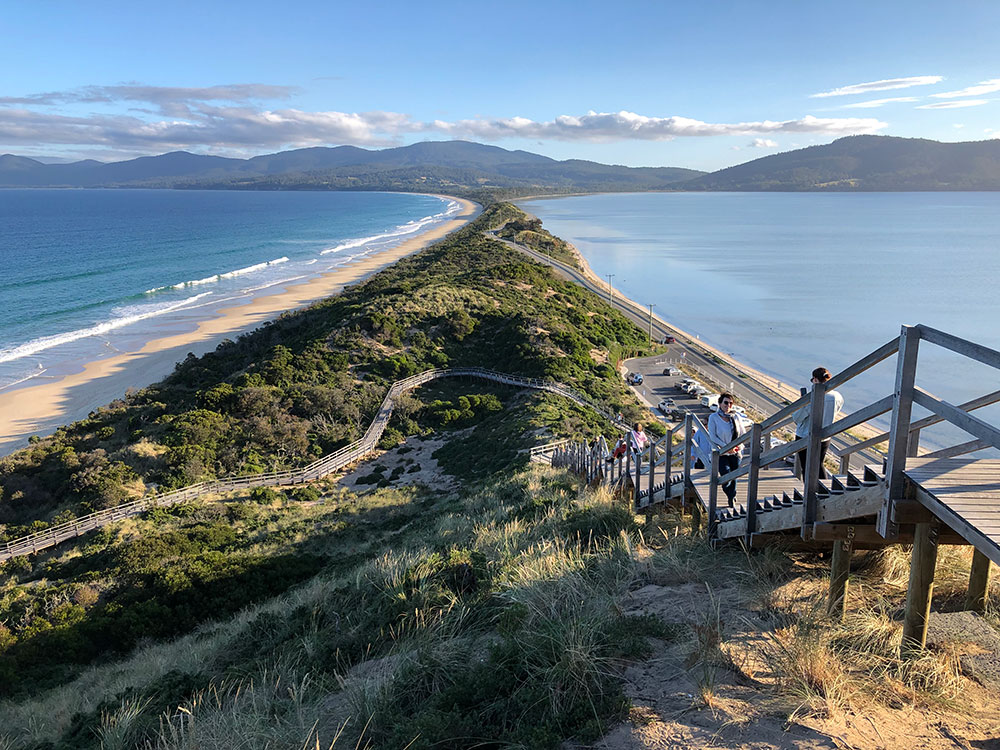
If anyone says Bruny Island is a day-trip destination, “tell ’em they’re dreaming”, to misquote The Castle’s Darryl Kerrigan. Sure, it’s only about 50km long but with stops for local produce, panoramic views, wildlife and walks, you can’t do it justice in a day – just ask those racing to catch the last ferry back to “mainland” Tasmania.
And beyond the bitumen, gravel roads lead to forest reserves, breathtaking beaches and national parks.
Allow five days to explore the island properly, more if you love nature walks.
Called Lunawanna-alonnah by the Nuenonne people, it was renamed after explorer Bruni D’Entrecasteaux.
Home to about 800 residents, the population swells come weekends and holidays.
Pinched in the middle, it is an island of two parts, connected by a narrow isthmus known as The Neck.
From Hobart it’s a 40-minute drive to Kettering and 20-minute ferry ride to Roberts Point, North Bruny.
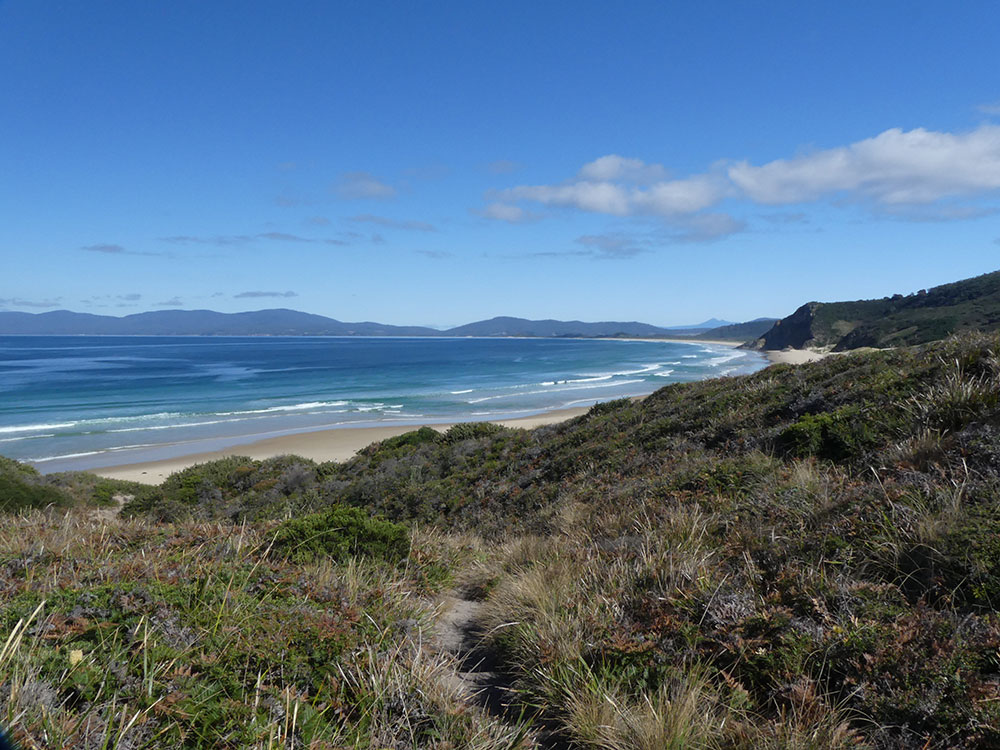
South Bruny is larger, much of it reserves and South Bruny National Park, so I head there first, stopping to walk to Cape Queen Elizabeth.
From atop the cape, Adventure Bay arcs southward to distant Fluted Cape like curved arms, protecting a string of pristine sandy beaches, including The Neck.
Next stop is Bruny Island Cheese Company for fresh produce and a wheel of soft white mould.
They serve tasting platters and locally crafted beer under shady blackwood trees, but I’m preparing my own.
At Get Shucked I bypass the Oyster Bar for the drive-through, collecting a dozen Pacific oysters, freshly shucked from the bay across the road, and a chilled riesling, as I’ll be too late to buy a sav blanc from Australia’s southernmost vineyard, Bruny Island Premium Wines.
Elissa Wright, of Bruny Island Honey, says the family business keeps half their hives on Bruny, following the blossom trail for flavours like prickly box and blue gum, which I add to my stash with salted honey popcorn.
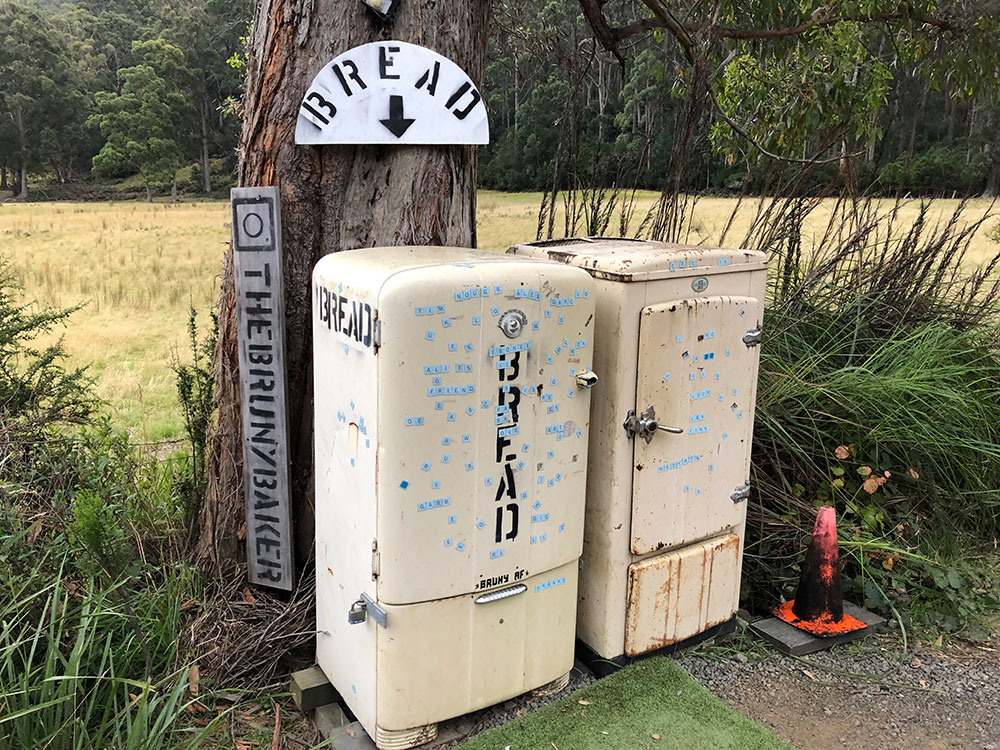
From The Bruny Baker’s vintage roadside fridges, I buy the last loaf.
A wood-fired dark sourdough, it pairs perfectly with my cheese and briny oysters on the deck of Nairana Cottage, my home for three nights, cocooned inside 600ha Inala Nature Reserve.
Established by biologist Dr Tonia Cochran, the reserve attracts all 12 Tasmanian endemic birds.
On a tour the next morning, guide Cat Davidson explains their conservation efforts have helped save the forty-spotted pardalote.
There are raptors, too, and I watch a grey goshawk feasting on roadkill from the state-of-the-art raptor hide.
Inala’s Jurassic Garden, showing the similarities between Gondwanan plants now geographically separated, is open to the public, along with the Nature Museum, housing Dr Cochran’s impressive collection of shells, fossils and gemstones.
Across the road is Sprokkelwood, a garden gallery of artworks dotted among mature European trees, and further south is Cloudy Bay, a popular surfing spot.
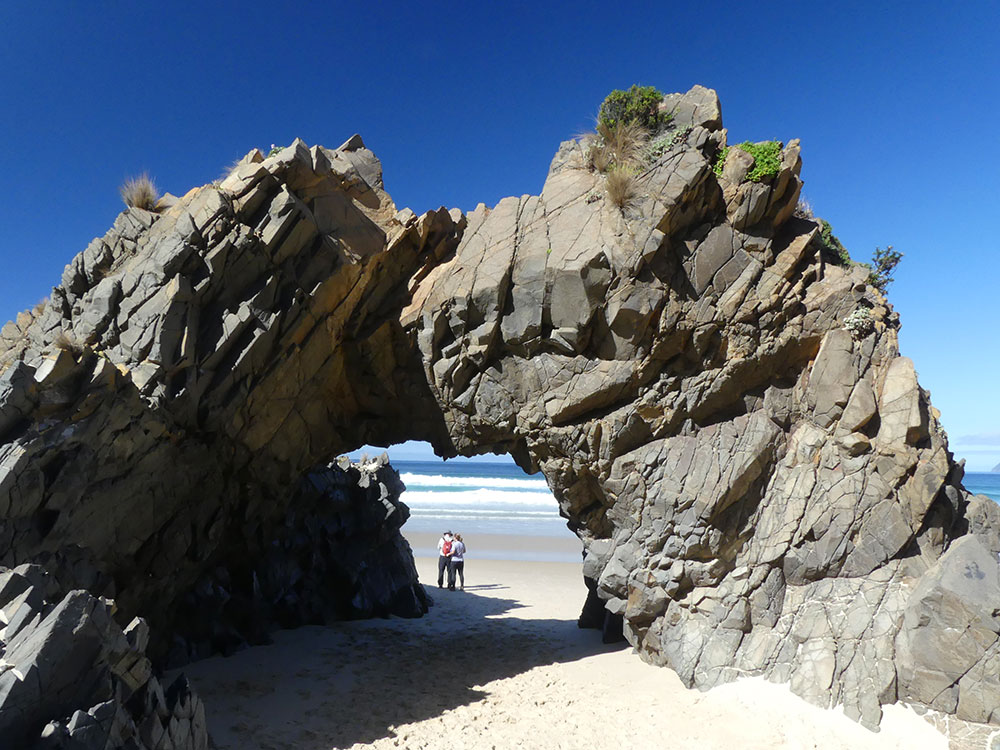
You can drive along the beach at low tide and walk to East Cloudy Head, but I’ve booked a tour of Cape Bruny Lighthouse. Completed in 1838, it’s Australia’s second oldest and longest continually staffed lighthouse. Views from the top show the treacherous, rugged coastline.
The next day I explore Adventure Bay, starting with Mavista Nature Walk through lush rainforest.
Having previously walked the stunning Fluted Cape track I’m keen to see the towering dolerite cliffs from the water, aboard a Pennicott Wilderness Cruise. At The Friars, fur seals bask on rocks, while albatross soar above and dolphins dive across our boat’s bow.
Explorers like Cook, Bligh and Flinders sheltered in Adventure Bay and the tiny Bligh Museum houses a collection of their maps, logs and artefacts.
An early seafood dinner at Hotel Bruny allows me to catch sunset from Truganini Lookout at The Neck, before using a torch to spot little penguins from the boardwalk.
Heading to North Bruny the following day I visit Bruny Island House of Whisky, where co-owner Lee Herron says they stock the largest range of Tasmanian single malts, but I leave with a bottle of limited-release gin.
Arriving at Free Spirit Pods I regret not booking two nights.
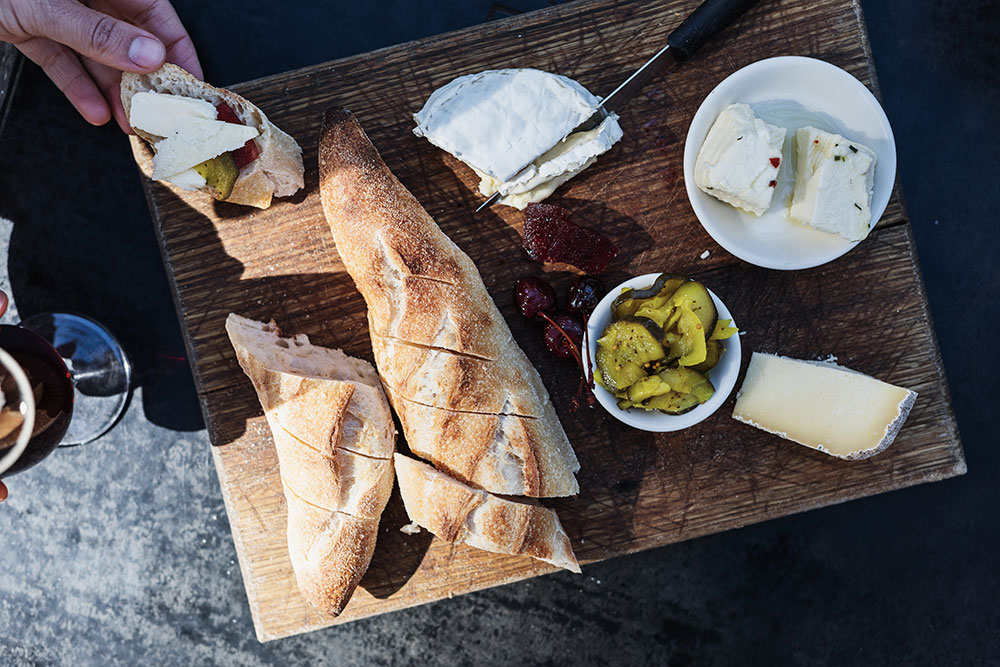
Fishing rods, kayaks and picnic blankets prompt exploration of the protected bay and photography books beckon to be read on the deck or snuggled by the fireplace, nibbling complimentary Bruny Island Chocolate Company fudge.
Owner Garry Deutsher suggests Jetty Cafe at Dennes Point for Friday night fish and chips.
Enamoured by the architecture I return next morning for coffee. Built by locals as a community hub from plans donated by architect John Wardle, it has a wood-fired pizza room and gallery space.
Last stop is the Quarantine Station which was opened in 1884 as a defence against infectious diseases and became a plant quarantine in the 1950s.
Now it’s a reserve and a tranquil place to wander back through history.
“Ah the serenity, so much serenity,” as Darryl might say.
Story by Briar Jensen. Photos by Briar Jensen and Tourism Tasmania.
The writer travelled with the assistance of Tourism Tasmania.
Visit RACQ Travel to plan your Tasmania holiday travel
Related topics
Things to note
The information in this article has been prepared for general information purposes only and is not intended as legal advice or specific advice to any particular person. Any advice contained in the document is general advice, not intended as legal advice or professional advice and does not take into account any person’s particular circumstances. Before acting on anything based on this advice you should consider its appropriateness to you, having regard to your objectives and needs.
Insurance Products (excluding Travel Insurance) are issued by RACQ Insurance Limited ABN 50 009 704 152 (RACQI) and arranged by its agent, RACQ Distribution Services Pty Ltd (RDS) ABN 35 116 361 650, AFSL 567130 and RDS' authorised representatives (including RACQ Operations Pty Ltd ABN 80 009 663 414, AR No. 234978 (RACQO). Conditions, limits and exclusions apply. RDS and RACQO are in the RACQ group of companies. One of the companies in the RACQ group of companies has a minority shareholding in RACQI.
RDS and RACQO have not taken your personal objectives, circumstances or needs into account when preparing advice regarding insurance products and you will need to consider whether the advice is appropriate for you. Read the Product Disclosure Statement (PDS) and any applicable Supplementary PDS before making a purchase decision on this product. You can also access our Target Market Determinations on this website. RDS receives a commission from RACQI for the policies it arranges. RACQO receives fees paid for services it provides to RDS. Further details about remuneration are available on request prior to purchasing.
Banking and loan products issued by Members Banking Group Limited ABN 83 087 651 054 AFSL/Australian credit licence 241195 trading as RACQ Bank. Terms, conditions, fees, charges and lending policies apply. This is general advice only and may not be right for you. This information does not take your personal objectives, circumstances or needs into account. Read the disclosure documents for your selected product or service, including the Financial Services Guide and the Terms and Conditions, and consider if appropriate for you before deciding.
Except for RACQ Bank, any RACQ entity referred to on this page is not an authorised deposit-taking institution for the purposes of the Banking Act 1959 (Cth). That entity’s obligations do not represent deposits or other liabilities of RACQ Bank. RACQ Bank does not guarantee or otherwise provide assurance in respect of the obligations of that entity, unless noted otherwise.
RACQ Bank subscribes to the Customer Owned Banking Code of Practice which establishes higher standards than the law requires. The Code reflects modern consumer expectations and developments in approaches to issues such as consumer vulnerability, guarantors, and supporting customers through financial hardship. Please read our Customer Owned Banking Code of Practice page for more information.
RACQ Operations Pty Ltd (ABN 80 009 663 414 AR 000234978) and Members Travel Group Pty Ltd (ABN 45 144 538 803 AR 000432492) are acting as an Authorised Representative of the issuer of the insurance, Tokio Marine & Nichido Fire Insurance Co., Ltd. (ABN 80 000 438 291 AFSL 246 548). Any advice set out above is general in nature only, and does not take into account your objectives, financial situation or needs. Before purchasing any travel products, please consider the RACQ Travel Insurance Product Disclosure Statement (PDS) and the Target Market Determinations (TMDs) that apply to these products. Whilst the PDS outlines the Terms and Conditions of these products, the TMDs outline the intended class of customers that comprise the target market for these travel products. This will allow you to consider which products best suit your objectives, financial situation and needs and consider the products appropriateness to your personal circumstances. TMDs also outline matters involving the distribution and the review of these products. The PDS, Supplementary PDS and TMDs for each travel product can be found here.